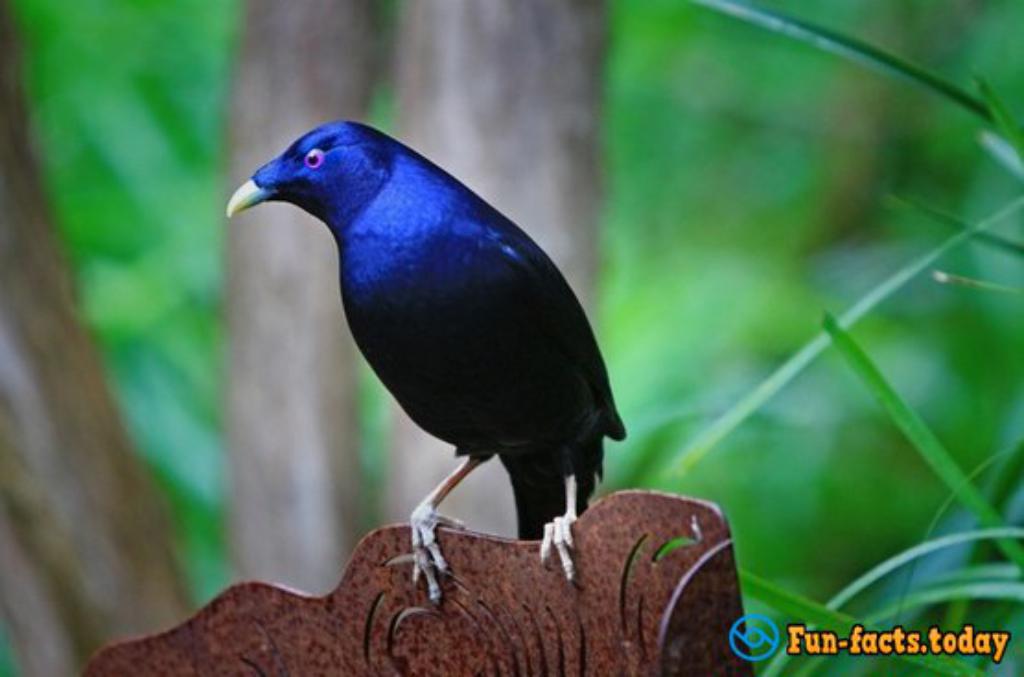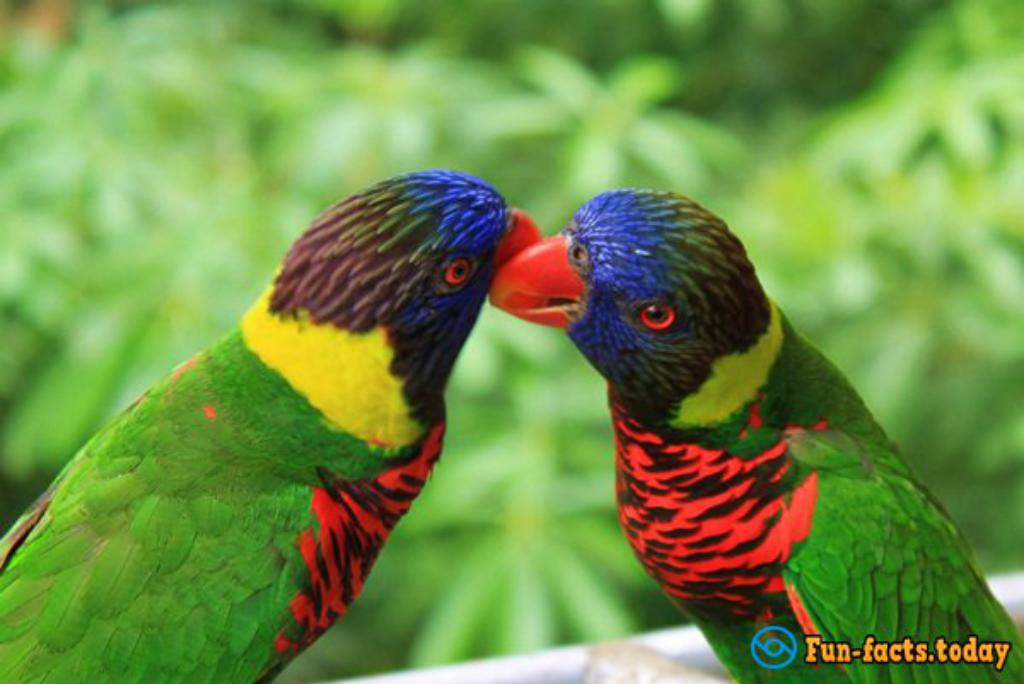Parrots, otherwise called psittacines are bird sound in most tropical and subtropical areas. Parrots have for the most part, pan-tropical dissemination with a few animal types occupying calm locales in the Southern Hemisphere, also. The best diverse of parrots is in South America and Australasia. Here are some fascinating facts about them.
1. The order of Parrots is subdivided into three super families: the Psittacoidea (“genuine” parrots), the Cacatuoidea (cockatoos), and the Strigopoidea (New Zealand parrots).
2. Features of parrots include a solid, curved bill, an upright position, solid legs, and clawed zygodactyls feet.
3. Many parrots are single colored, while some multi-colored.
4. Most parrots show little or no dimorphism in the visual range.
5. They are mostly variably sized bird order in terms of length
6. The most vital components of most Parrots diets are seeds, nuts, organic product, buds, and other plant materials. A couple of Parrots varieties eat creatures and remains, while the Lories and lorikeets are specific for feeding on botanical nectar and soft fruits.
7. Almost all parrots settle in tree hollows and lay white eggs from which incubate anti-racial (defenseless) offspring.
8. Parrots are among the cleverest winged animals, and the capacity of a few of them to copy human voices improves their prevalence as pets.
9. Some parrots are wise and talk at the level of a four-to-five year old human. Catching wild parrots for the pet exchange, and hunting, habitat loss, and competition from invasive species; has decreased wild populaces, with parrots being subjected to more exploitation than any other group of birds.
10. Parrots may not make great pets for a great many people as a result of their characteristic wild senses, for example, shouting and biting.

11. Although parrots can be exceptionally warm and adorable when young, they regularly end up plainly aggressive when matured mainly because of misusing and poor training creating genuine harm
12. It is normally acknowledged that the caffeine in coffee is lethal to birds.
13. Pet parrots might be kept in a cage or aviary; however generally, tame parrots ought to be permitted out routinely on a stand or rec center.
14. Depending on region, parrots might be either wild-caught or be hostage reared, however in many territories without local parrots, pet parrots are hostage bred.
15. Parrot species that are regularly kept as pets includes conures, macaws, amazon parrots, cockatoos, African grays, lovebirds, cockatiels, budgerigars, caiques, parakeets, and Eclectus
16. Parrots constantly require a high amount of attention, care, and scholarly incitement to flourish, similar to that required by a three-year-old human, which many individuals get themselves not able to give in the long term.
17. Parrots that are bred as pets might be hand nourished or generally acclimated to interacting with individuals from a young age to help guarantee they end up tame and trusting. Be that as it may, notwithstanding when hand fed, parrots revert to biting and aggression amid hormonal surges and if misused or neglected.
18. Parrots are not low-maintenance pets; they require feeding, prepping, veterinary care, preparing, and natural improvement through the arrangement of toys, exercise, and social collaboration (with different parrots or people) for good wellbeing.
19. Some vast parrot species, including large cockatoos, amazons, and macaws, have long life expectancy with 80 years being accounted for and record times of more than 100.
20. Small parrots, for example, lovebirds, hanging parrots, and budgies have shorter lifespan up to 15–20 years.
21. Some parrot species can be very noisy, and a considerable lot of the bigger parrots can be ruinous and require a huge enclosure, and a customary supply of new toys, branches, or different things to bite up.

22. The intelligence of parrots means they rush to learn traps and different practices both great and terrible that get them what they need, for example, consideration or treats.
23. The prominence of parrots as pets has prompted a flourishing and frequently illegal trade of the flying creatures, and a few species are currently undermined with extinction.
24. Parrots are often featured in human works, story, workmanship, silliness, religion, and music for a large number of years. Starting at 2009, the IUCN recognizes 19 types of parrot as extinct since 1600.
25. Furthermore, singular nations may have laws to manage trade of certain species; for instance, the EU has prohibited parrot exchange, though Mexico has an authorizing system for catching parrots.
26. A study made by Irene Pepperberg recommended a high learning capacity in an African dark parrot named Alex. Alex was prepared to utilize words to recognize objects, depict them, number them, and considerably answer complex inquiries, for example, “What number of red squares?” with more than 80% accuracy.
27. Another African grey, has been appeared to have a vocabulary around a thousand words and has shown a capacity to invent and utilize words in the right tense.
28. Parrots don’t have vocal cords, so stable is accomplished by expelling air across the mouth of the bifurcated trachea, in the organ called the syrinx. Diverse sounds are delivered by changing the depth and shape of the trachea.
29. African grey parrots of all subspecies are known for their better capacity to emulate sounds and human speech. This capacity has made them prized as pets from ancient times to the present.
30. As seeds regularly have poisons that secure them, parrots deliberately evacuate seed coats and other synthetically safeguarded natural product parts before ingestion.










